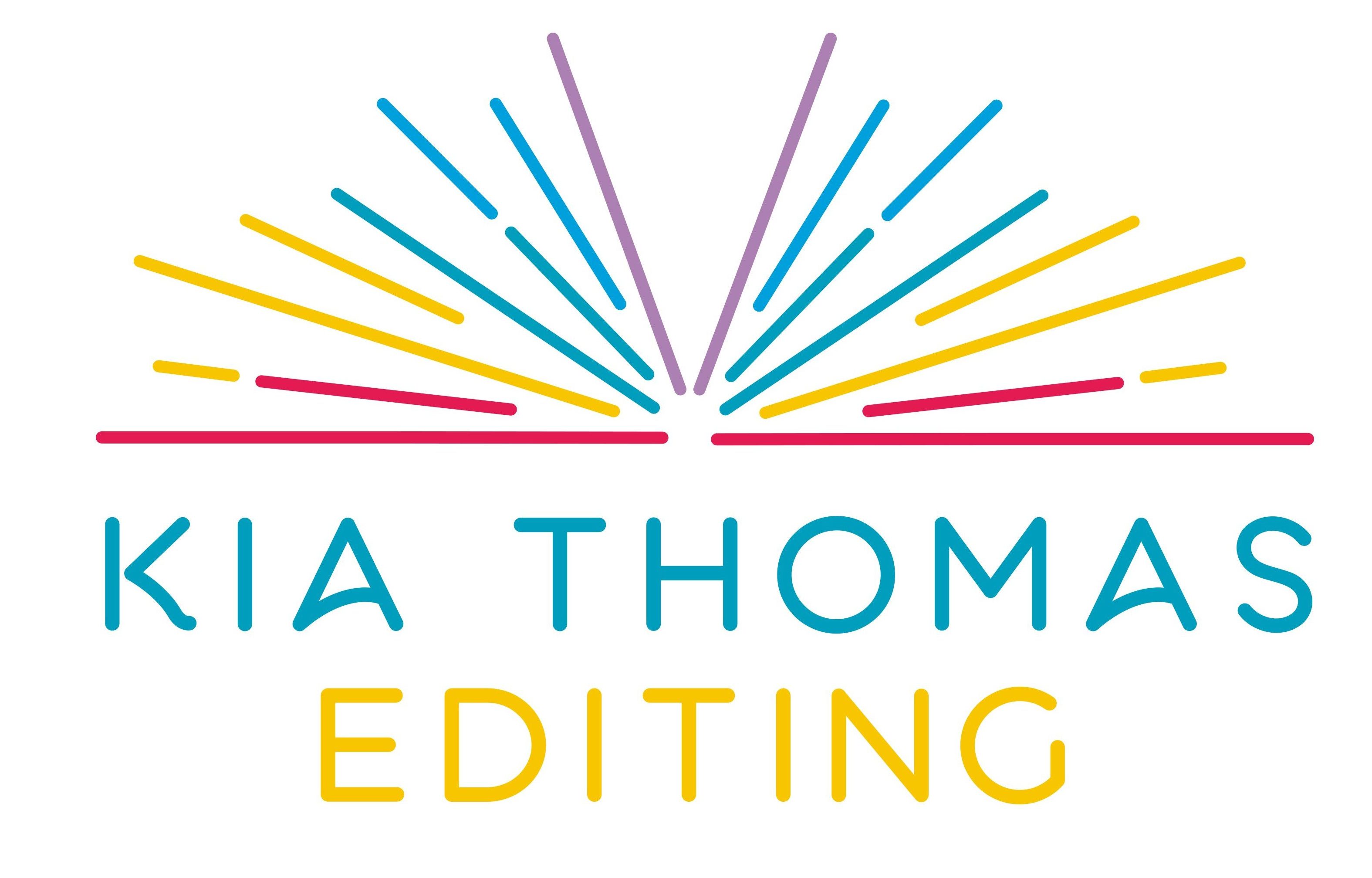Here is the second of my posts on styles. See, I promised I wouldn’t leave you with funkily formatted headings forever. (If you missed the first one, it’s here.)
You’ll need to pay a bit more attention and click on more things for this one, but only a little bit. Don’t run away! It’s easy! Honest.
OK, so thanks to my last post, your chapter headings now allow you to zip around your document with the greatest of ease. But chances are they don’t look how they used to (my default Heading 1 settings make them Calibri Light, 16 point, and in blue), and the weirdness is making you itchy. It’s fine – we’re going to fix that right now.
Go to your Heading 1 style in the Styles Pane, and right-click on it.

See where it says “Modify”? Click on that.
You’ll get this dialogue box:

From here, you can change the font, size, colour, etc. If you can’t see what you want to change (for example, if you want to remove or add an indent), click on the Format box on the bottom left for more options.
IMPORTANT BIT YOU NEED TO LOOK AT BEFORE YOU SAVE YOUR DOCUMENT: If the “Only in this document” button is checked, the changes you make will apply, funnily enough, only in the document you’re currently working on. If you select the other option, it will change the template (which is probably your Normal template), which means that all the new documents you create from that template (which, if it’s the Normal one, is likely to be all of them) will have these new settings for the Heading 1 style. If you select that second option, when you exit Microsoft Word, it will ask you if you want to make changes to the Normal template. This message looks scarier than it is – if you want your newly customised Heading 1 style to apply in all your new documents, click Yes. If not, click No.
If all the stuff I just said about templates scares the bejeezus out of you, ignore it all and just keep “Only in this document” checked. It’ll mean that if, say, you like your headings in Times New Roman but your default setting is Calibri, you’ll have to change it for every new document individually, but at least you won’t have to understand anything about templates.
Once you’re happy with your style, click OK. Now go and look at your first heading. Ta daaa! It should have reformatted itself. Now, and here is the good bit, go and look at your second chapter heading. Ta double daaa! That should have reformatted itself too. Even if you have seven hundred chapters, if you’ve applied the Heading 1 style to them, they should all now be formatted with your preferred settings with just one click. (Although if you really do have seven hundred chapters, there’s a chance you might need an editor to help you address that. I know a good one.)
This is why styles are brilliant. They are bundles of formatting that can save you tons of time and effort if you need to make multiple changes to multiple bits of text. If you’re starting to come around to the idea of styles and would like to understand a little more about how they work and what you can do with them, then check out the posts below. If not, here is a picture of a baby hedgehog.

https://support.office.com/en-us/article/customize-or-create-new-styles-in-word-d38d6e47-f6fc-48eb-a607-1eb120dec563 (Some software user guides are extremely unhelpful, but Microsoft Office’s are generally much easier to follow than you might think.)
https://www.techrepublic.com/article/how-to-manage-word-styles-like-a-pro/
https://www.bookworks.com/2018/02/ms-word-styles-manuscript-formatting/

Just wanted to drop by again to say I love your writing style – very engaging and humorous but to the point and useful. And this comes from someone whose book on self-employment was criticised for having too many cardigans in it (seriously).
LikeLike
Aw, thank you! I like cardigans.
LikeLiked by 1 person